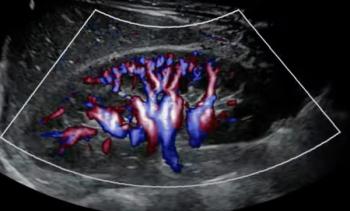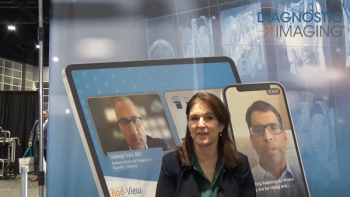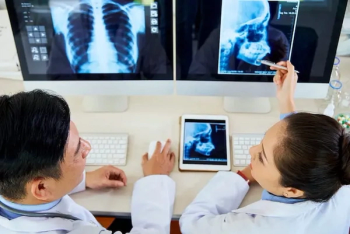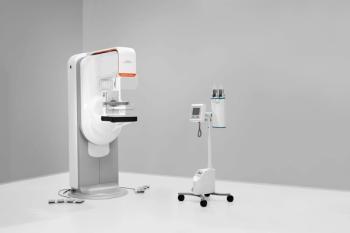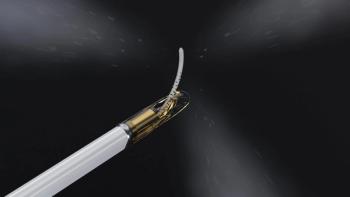
Computer-assisted technology expands as core element of imaging products
Wide range of vendors promote CAD technologyComputer-aided detection (CAD) is branching out. The technology, once a niche area of imaging, will be widely disseminated across the RSNA exhibit floor.A reflection of this growth is the
Wide range of vendors promote CAD technology
Computer-aided detection (CAD) is branching out. The technology, once a niche area of imaging, will be widely disseminated across the RSNA exhibit floor.
A reflection of this growth is the presence of R2 Technology's CAD products in 15 booths other than its own (South Hall 5515). PACS vendors such as Agfa, Stentor, and Sectra will show R2's OmniCAD product line. Its digital mammography product will accompany the offerings of women's health manufacturers, including Hologic, Fischer Imaging, and Siemens, and will be integrated into reporting systems from PenRad, MagView, and Mammography Reporting System. Viatronix, Voxar, and Vital Images will feature the company's lung and virtual colonoscopy products.
Two consistent trends in radiology are driving CAD's move to market: an explosion in the number of images generated per exam and a contraction in the ranks of radiologists to interpret them.
Vital Images (South Hall 5143) plans to introduce on the exhibit floor a CAD-based productivity tool for CT lung analysis. This software will be integrated into the company's Vitrea advanced imaging package, which provides real-time navigation of 3D volume data as well as intuitive workflow. It will work beside the ImageChecker CT LN-1000, a CAD product provided by R2 that automatically flags potentially abnormal pulmonary nodules. The CT lung analysis option is the first offshoot of the partnership between Vital Images and R2 Technology that was announced last December.
"Radiologists have to get through a huge volume of high-resolution data in both 2D and 3D, and they have to do it in five to 10 minutes per case. So they need productivity tools, including CAD data analysis," said Jay Miller, president and CEO of Vital Images.
Deus (South Hall 2115) will highlight a CT image product that uses CAD to improve workflow. Deus employs algorithms that match 3D volumes as the means to compare different data sets. The software will help radiologists monitor nodule growth, according to Dr. Michael Yeh, president and CEO of the Rockville, MD, company.
Other CAD highlights include the Deus RapidScreen CAD system for early detection of severe acute respiratory syndrome (SARS) on chest x-rays. In its early stages, the disease produces subtle, limited, and focal findings that can easily be overlooked. The SARS CAD system promises to identify individuals who have the disease early on by distinguishing areas filled with water, which appear small, from areas filled with air, which appear black. In preliminary tests, the system achieved a sensitivity close to 90% and an average false-positive rate of 1.2%, Yeh said. Deus expects RapidScreen for SARS to be approved by the FDA in the first or second quarter of 2004.
Newcomer VuComp (South Hall 2168), a Dallas-based automated intelligence software company, will exhibit a complete line of medical CAD products. An investigational device called M-Vu for mammography consists of a scanning station that processes standard mammography films and searches for areas of interest worthy of further review, as well as a viewing station. VuComp hopes to distinguish itself in the already crowded CAD mammography area by increasing diagnostic sensitivity and decreasing false-positive rates, said CEO Jeff Wehnes.
Newsletter
Stay at the forefront of radiology with the Diagnostic Imaging newsletter, delivering the latest news, clinical insights, and imaging advancements for today’s radiologists.

